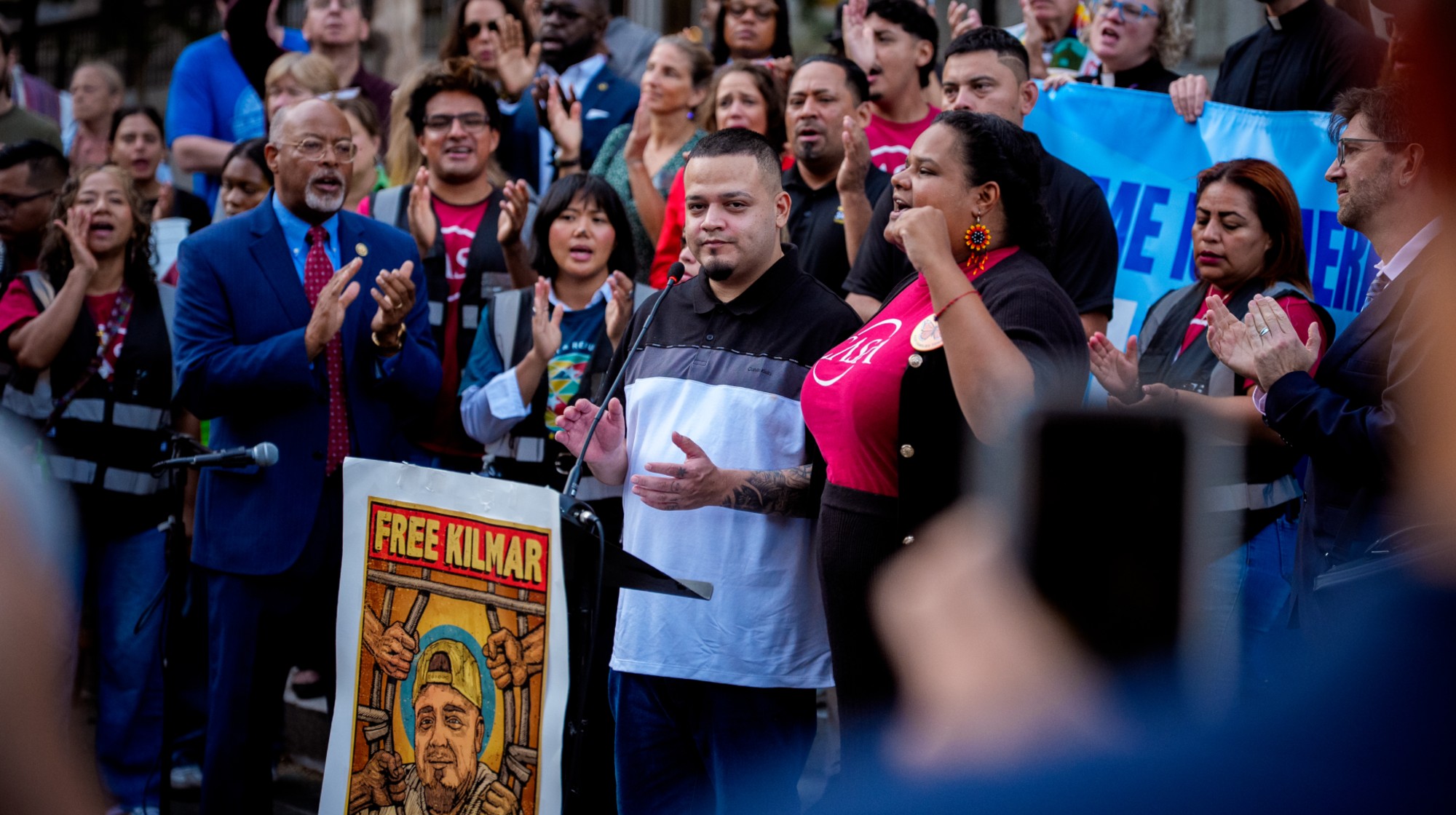Foto: Modernity in Central Europe, 1918–1945
Brilliant Eastern European photographers have a rare showing in the United States.
A remarkable number of the 20th century's finest photographers were born in Central and Eastern Europe, said Richard B. WoodÂward in Art + Auction. The list 'œof outstanding Hungarian-Jewish photographers alone'”André Kertész, László Moholy-Nagy, Brassaï, Robert Capa'”has caused some to wonder what vital strains of cultural DNA pooled east of the Oder River early in the century.' Foto explores how they and many lesser-known talents used cutting-edge technology and avant-garde techniques to chronicle the rapid modernization of their societies. 'œHistorians and dealers who want to go deeper into the period' will refer to its authoritative catalogue for years to come.
The viewer may be bowled over by these artists' 'œfearless pursuit of new ways of taking and making photographs,' said Andy Grundberg in The Washington Post. Photo collages such as Herbert Bayer's Lonely Metropolitan, 'œin which a face appears out of two hands upraised in front of a drab apartment building,' drew upon French surrealism and German dada to create impossible images that shocked and baffled contemporaries. 'œBy bending the viewer's eye beyond conventional ways of seeing, the theory went, these images would liberate the mind from its self-impression.' Central Europe, with its tradition of amateur artists and craft schools, synthesized the political radicalism of Russia with the artistic experimentalism of Western Europe. In the end, 'œwondering why this photography came into being is less satisfying than experiencing the results,' but the show's more than 150 collages, portraits, propaganda images, and street photographs leave plenty of time for both.
The Washington Times
The Week
Escape your echo chamber. Get the facts behind the news, plus analysis from multiple perspectives.

Sign up for The Week's Free Newsletters
From our morning news briefing to a weekly Good News Newsletter, get the best of The Week delivered directly to your inbox.
From our morning news briefing to a weekly Good News Newsletter, get the best of The Week delivered directly to your inbox.
A free daily email with the biggest news stories of the day – and the best features from TheWeek.com
-
 Kristi Noem might not be long for Trumpland
Kristi Noem might not be long for TrumplandIN THE SPOTLIGHT The Homeland Security secretary has been one of the most visible and vocal architects of Trump’s anti-immigration efforts, even as her own star risks fading
-
 Senate votes down ACA subsidies, GOP alternative
Senate votes down ACA subsidies, GOP alternativeSpeed Read The Senate rejected the extension of Affordable Care Act tax credits, guaranteeing a steep rise in health care costs for millions of Americans
-
 Abrego García freed from jail on judge’s order
Abrego García freed from jail on judge’s orderSpeed Read The wrongfully deported man has been released from an ICE detention center
-
If/Then
feature Tony-winning Idina Menzel “looks and sounds sensational” in a role tailored to her talents.
-
Rocky
feature It’s a wonder that this Rocky ever reaches the top of the steps.
-
Love and Information
feature Leave it to Caryl Churchill to create a play that “so ingeniously mirrors our age of the splintered attention span.”
-
The Bridges of Madison County
feature Jason Robert Brown’s “richly melodic” score is “one of Broadway’s best in the last decade.”
-
Outside Mullingar
feature John Patrick Shanley’s “charmer of a play” isn’t for cynics.
-
The Night Alive
feature Conor McPherson “has a singular gift for making the ordinary glow with an extra dimension.”
-
No Man’s Land
feature The futility of all conversation has been, paradoxically, the subject of “some of the best dialogue ever written.”
-
The Commons of Pensacola
feature Stage and screen actress Amanda Peet's playwriting debut is a “witty and affecting” domestic drama.